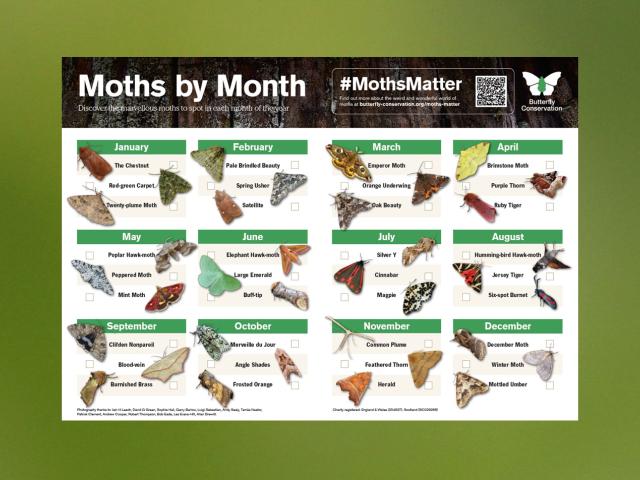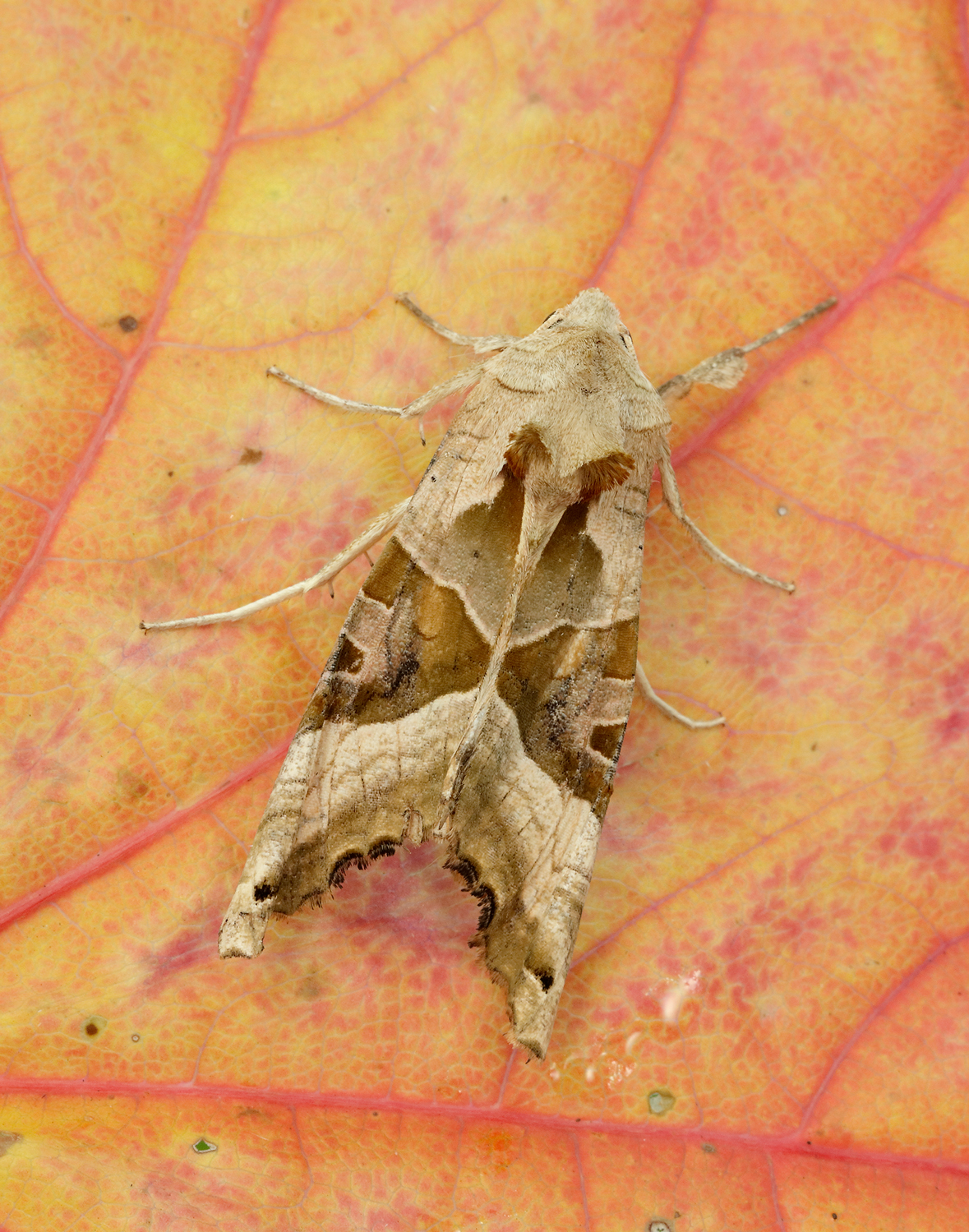There are around 2,500 species of moth in the UK. From large and colourful hawk-moths to tiny, patterned tortrixes, their myriad colours and shapes enchant nature lovers, artists and writers alike. The appearance of the UK’s moths also undergoes a fascinating transformation as the seasons unfold. Join us on a journey through the kaleidoscope of colours and shapes of the UK’s moths throughout the year.
Winter
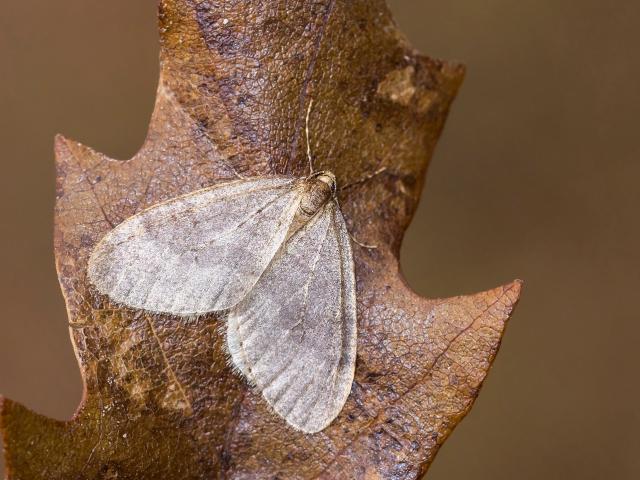
At this quieter and colder time of year, moths tend to adopt a more subdued palette. Many species you might spot in winter carry shades of brown, grey, or white, reminiscent of frost-tipped foliage, dead leaves, and bare branches.
Mottled Umbers, which fly from October into December, are a plain brown with dark speckling. Winter Moths, which fly from late autumn through to February, are a delicate pattern of pale brown and grey.
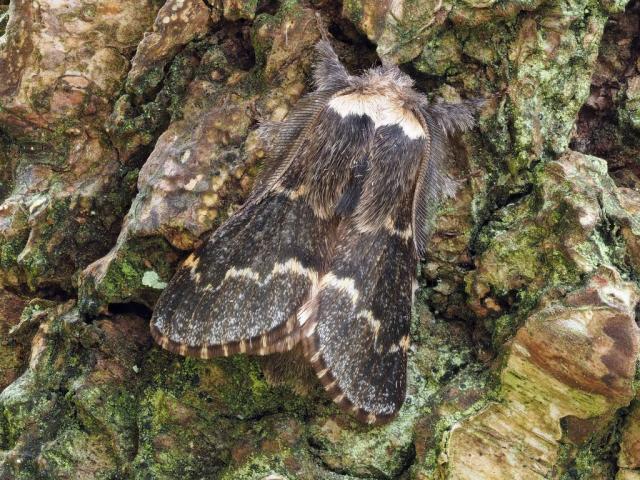
The December Moth which, despite the name, can be seen flying from October until January, embraces the winter darkness with a deep brown coat of long hair-like scales which keeps it warm when outside temperatures drop.
Spring
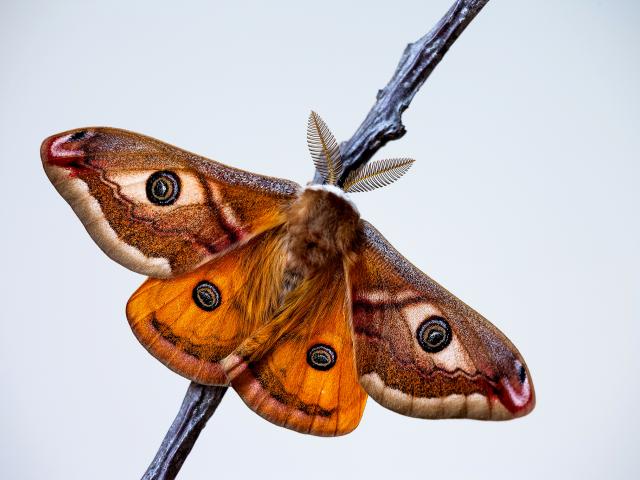
Spring brings a bloom of new life and a subtle shift in the variety of shapes and colours which can be spotted amongst the UK’s moths. Although many species retain the muted colours of their winter predecessors, some begin to show hints of the vibrancy to come later in the year.
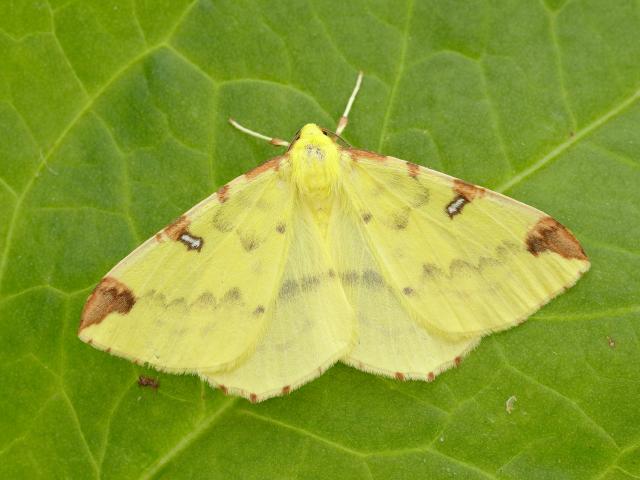
The largest species of day-flying moth, the Emperor Moth, diverges from the subtlety of the cold-weather moths. Echoing the blossoming spring landscape, it flaunts dashes of bright colour – oranges and pinks – and striking patterns as it flies in the spring sunshine. Pastel yellows emerge in the wings of the Brimstone Moth and fresh greens follow when the Forester begins flying.
Summer
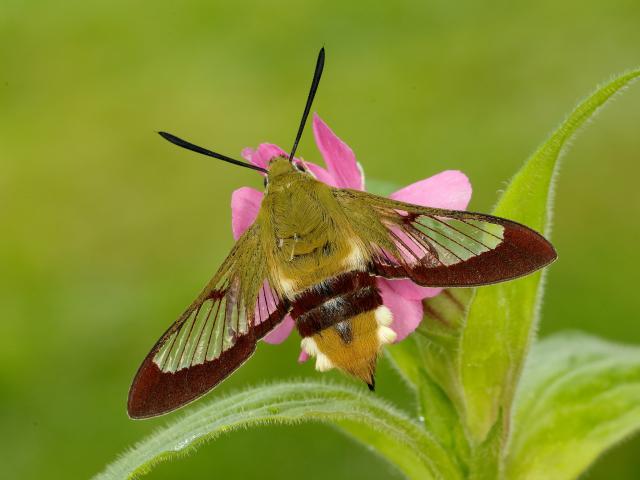
Moths at this time of year are a festival of colour, reflecting the vibrant and abundant tones of summer flowers.
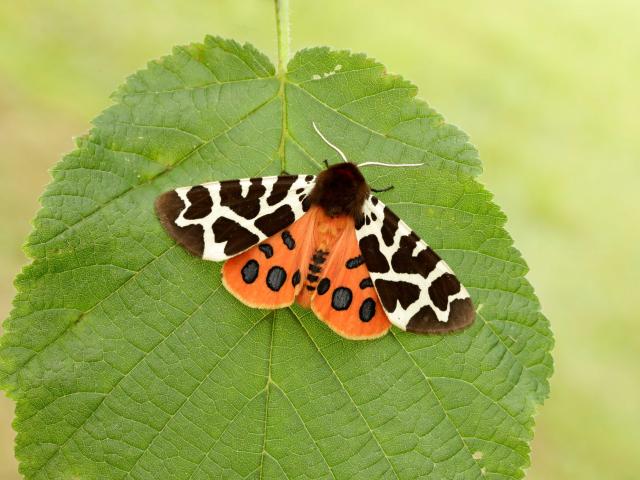
Hawk-moths take centre stage with vivid pinks, such as those of the Elephant Hawk-moth, and bright yellows, like those sported by the Broad-bordered Bee Hawk-moth. Bright reds and oranges also become more common thanks to Garden Tigers and Cinnabars. Patterns and wing shapes mimic petals and dappled sunlight on leaves.
Autumn
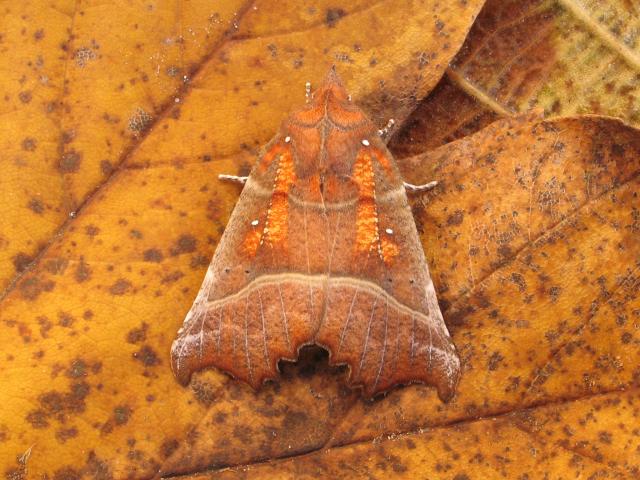
As the light begins to fade and summer flowers come to an end, the variety and splendour of the UK’s moths begins to wane slightly. But there is still a beautiful array of colour and shapes to be found amongst the moths you might spot through the autumn as they blend in with the changing foliage.
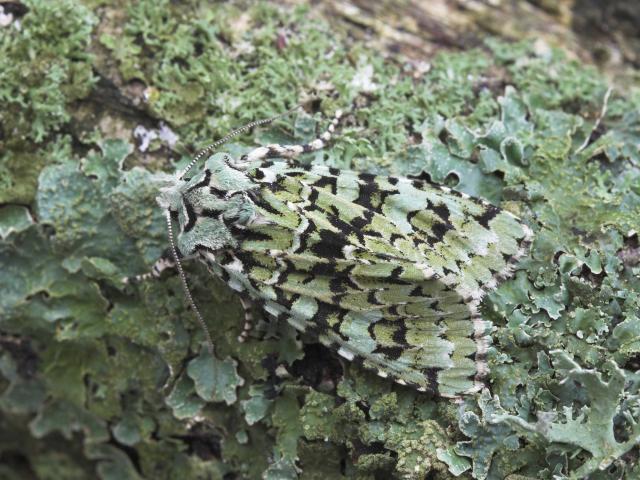
The Herald, with its warm shades of brown and burnt orange – reminiscent of a bonfire – and its scalloped wings, mimics dead leaves. The Angle Shades could also go unnoticed amongst leaf litter. The Chestnuts, Feathered Thorns, and Barred Sallows all add their own tones of rich brown, rust and ochre. And the pinks and greens of the Red-green Carpet and Merveille du Jour echo lichen-covered bark, now exposed as the trees shed their summer foliage in preparation for winter.
The power of appearance
The varied colours, shapes and patterns of moths, whilst beautiful, aren’t just for show. Their appearance plays an important role in evading predators.
Using colour, patterns and shape to look like leaves or lichen, or even bird poo – as is the case with Chinese Character – can help moths blend in with their surroundings and avoid being spotted by predators. Or they can be used to put on a display to ward off predators. Bright colours might indicate that something could be toxic to eat, and “eye-spot” patterns, like those of the Eyed Hawk-moth, can be used to startle those looking to make it a meal.
Discover the moths you might spot throughout the year by signing up for your FREE Moths by Month calendar today!
